Concrete
Concrete is a composite material composed of coarse aggregate bonded together with a fluid cement that hardens over time. It is one of the most widely used construction materials in the world, due to its strength, durability, and versatility.
Composition of Concrete
Concrete is typically made up of four main components:
- Cement - The binding agent that holds the other ingredients together.
- Water - Reacts with the cement to form a paste that binds the aggregates together.
- Aggregate - Consists of coarse and fine materials such as gravel, sand, or crushed stone, which provide strength and volume stability to the concrete.
- Admixtures - Additional ingredients that are added to the concrete mix to modify its properties, such as workability, strength, or setting time.
Properties of Concrete
Concrete exhibits several important properties that make it an ideal construction material:
- Strength - Concrete can withstand compressive forces and is used in the construction of buildings, bridges, and dams.
- Durability - It has a long service life and can resist weathering, erosion, and chemical attack.
- Workability - The ability to be easily molded and shaped into different forms before hardening.
- Fire Resistance - Concrete is resistant to fire and is commonly used in fireproofing applications.
Uses of Concrete
Concrete is used in a wide range of construction applications, including:
- Building foundations and structures
- Roads, sidewalks, and pavements
- Dams, tunnels, and retaining walls
- Pre-cast concrete products such as pipes, blocks, and panels
Study Guide
When studying concrete, it's important to focus on the following key points:
- Understanding the composition of concrete and the role of each ingredient.
- Exploring the properties of concrete and how they contribute to its effectiveness as a construction material.
- Learning about the various uses of concrete in construction and infrastructure projects.
- Examining the environmental impact of concrete production and exploring sustainable alternatives.
By mastering these concepts, you will gain a comprehensive understanding of concrete and its significance in the field of construction and engineering.
[Concrete] Related Worksheets and Study Guides:
.◂Science Worksheets and Study Guides Fourth Grade. Introduction to animals
Study Guide Introduction to animals
Introduction to animals  Worksheet/Answer key
Worksheet/Answer key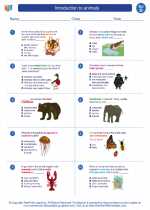 Introduction to animals
Introduction to animals  Worksheet/Answer key
Worksheet/Answer key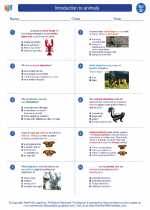 Introduction to animals
Introduction to animals  Worksheet/Answer key
Worksheet/Answer key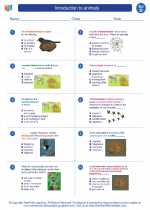 Introduction to animals
Introduction to animals  Vocabulary/Answer key
Vocabulary/Answer key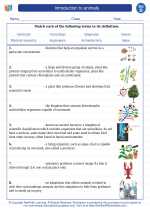 Introduction to animals
Introduction to animals  Vocabulary/Answer key
Vocabulary/Answer key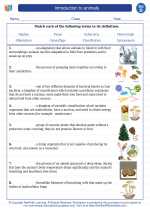 Introduction to animals
Introduction to animals  Vocabulary/Answer key
Vocabulary/Answer key Introduction to animals
Introduction to animals  Vocabulary/Answer key
Vocabulary/Answer key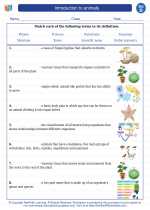 Introduction to animals
Introduction to animals 

 Worksheet/Answer key
Worksheet/Answer key
 Worksheet/Answer key
Worksheet/Answer key
 Worksheet/Answer key
Worksheet/Answer key
 Vocabulary/Answer key
Vocabulary/Answer key
 Vocabulary/Answer key
Vocabulary/Answer key
 Vocabulary/Answer key
Vocabulary/Answer key
 Vocabulary/Answer key
Vocabulary/Answer key

The resources above cover the following skills:
Concepts of Life Science (SC1, SC2, SC3)
The student demonstrates an understanding of how science explains changes in life forms over time, including genetics, heredity, the process of natural selection and biological evolution by showing the relationship between physical characteristics of Alaskan organisms and the environment in which they live.